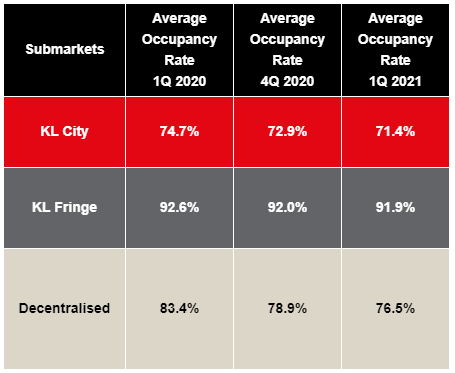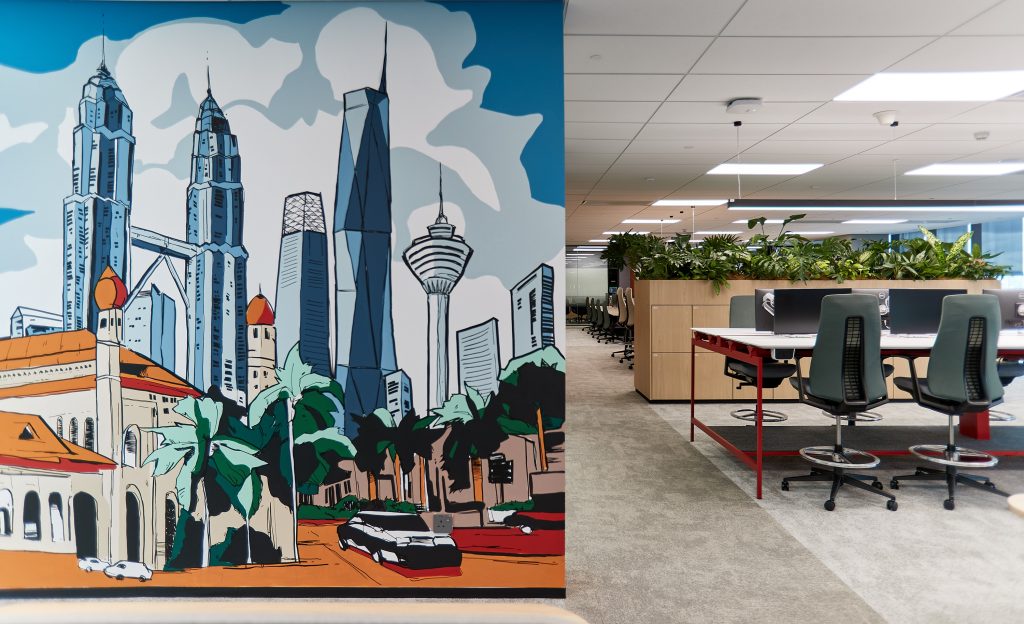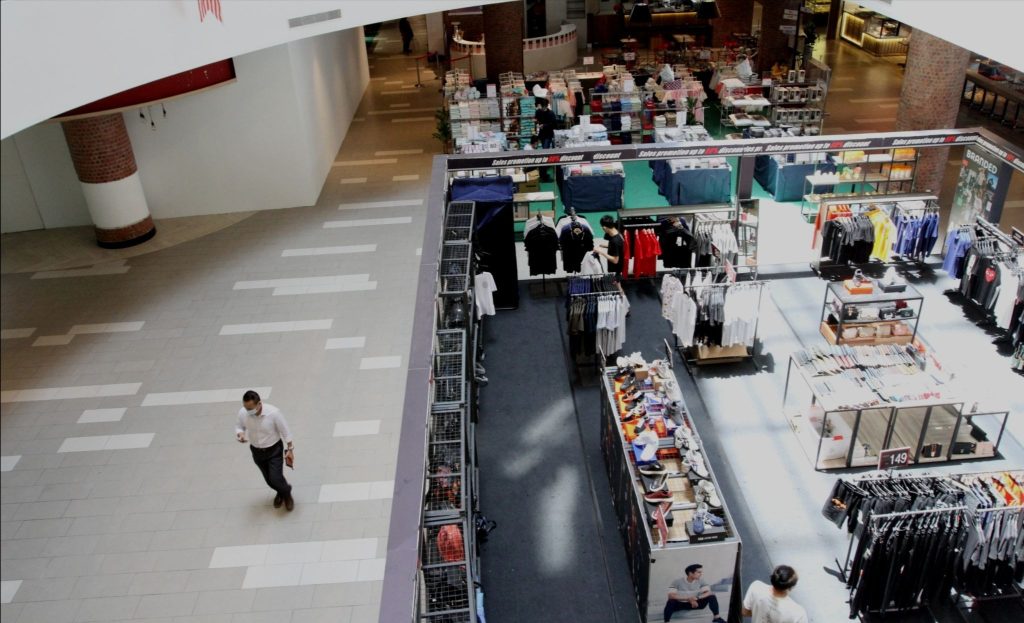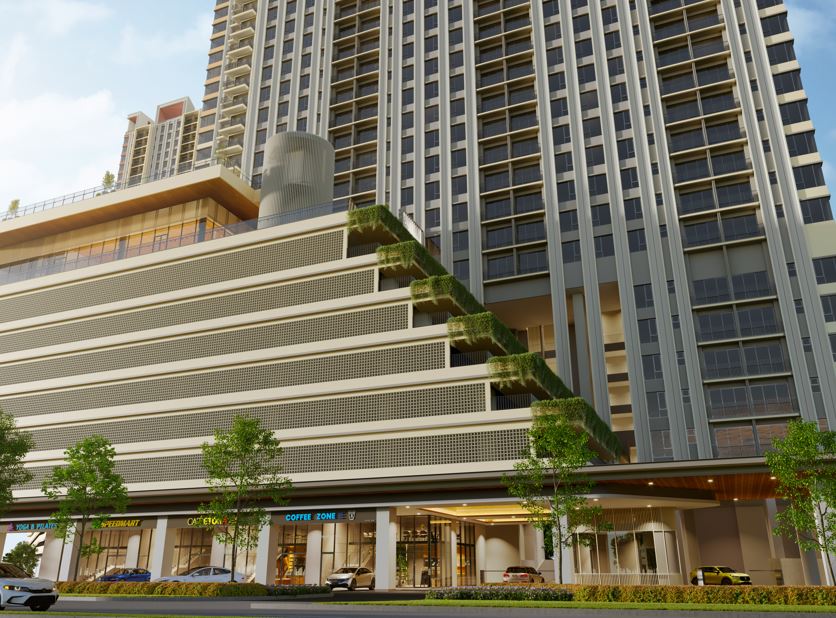Potential buyers are scouting for good bargains in the market
By Joseph Wong josephwong@thestar.com.my

It was once possible to have an office building with pre-committed tenants wanting to occupy the space but times have changed.
For real estate as a whole, the outlook should gradually improve in the second half of the year as business sentiment is likely to be better with lowered risks. More than 23 million would be vaccinated by the end of this year, based on the National Covid-19 Immunisation Programme target. With the economic uncertainty likely to clear, potential buyers are already out there, scouting for good buys in the market.
For residential property buyers, they wish to upgrade to bigger units to allow for an additional room to work-fromhome (WFH) or opt for more spacious units as families spend more time at home, according to JLL Property Services (M) Sdn Bhd country head YY Lau.
"The average household size in Malaysia is about four, with the nuclear family staying with parents. Moreover, the nuclear family is likely to be a working couple who would want to stay near where they are working," she explained. On the other hand, given that the elderly are more susceptible, staying apart may lower risks for the extended family, but grown-up children do not want to live too far from their ageing parents in case of an emergency. So the needs of homeowners have changed due to the effects of the virus.
For commercial properties, the outlook has been clouded by the intermittent Movement Control Orders (MCO). While the MCO is important in restraining the spread of the pandemic, it has affected the footfalls of shopping malls, occupancy of hotels and the use of carparks. To make matters worse, the economy went into recession last year and has yet to fully recover. This has affected the service sector providers, who are the major occupiers of offices.
"Given the uncertainty, developers have held back on investments into new projects and have had to sell existing projects online. We think there are still opportunities. For instance, developers can still launch in older parts of the Klang Valley which require new developments with more spacious designs that allow for extra rooms to WFH," she said.
Landowners in the older parts of the Klang Valley should investigate what are the developments around their land that they can leverage on as it is an opportune time to either joint-venture with developers or dispose of their land, Lau advised.
Likely scenarios for the residential sector
Landed property has always been one of the most popular choices among Malaysians. With the contagiousness of Covid-19 and fears of contracting the virus in common areas, there may be an increase in transactions in secondary properties for landed properties and low-density built-ups since the more affordable landed properties are now rarely developed near the city, if any, noted Research and consultancy director Veena Loh.
For condominiums, private lifts and innovative designs to increase privacy and seclusion will help to increase the demand by both buyers and renters for the buildings. "The demand for bigger rooms and spaces are likely to be a new trend for those who can afford it," she said.
What of the other sectors?
"In the longer run when the population is nearly fully vaccinated and infection numbers are under control, we think retail will still be here to stay as shopping is a favourite pastime for Malaysians living in the city with very little entertainment," observed Lau. The hot and humid weather and also torrential downpours encourage Malaysians to spend time in a mall during the weekends. It can be seen that whenever MCOs are lifted, people do brave the fears of Covid-19 and visit the popular malls.
The office sub-sector remains important but its workplace function may veer towards a more collaborative space, which nurtures creativity and innovation, a place of social gatherings among colleagues to experience and uphold employer brand and culture, and a place where knowledge spillovers take place. Very importantly, the office remains a neutral place for meetings with clients.
Apart from being a workplace, the office remains an important physical address to its clients and staff, and where its culture is nurtured. No business can deny that the high visibility and strong presence of an office in a respectable location, being established in a known central business district (CBD) for a long time and the number of clients visiting its premises give credibility to its brand, builds trust continuously in existing and future clientele.
Apple to orange
Where overhang is concerned, the office subsector cannot be compared directly with the residential situation as they are very different in dynamics. According to the National Property Information Centre (Napic), overhang refers to the stock of newly completed housing that has been in the market for nine months and remains unsold. Statistics are given for residential properties by Napic but there are none categorised as such for offices. In addition, not all offices or office buildings are for sale. Many are leased out instead.
As defined by Investopedia, "investing in commercial real estate requires sophistication" as it involves knowledge of the type of tenants that can have varying requirements from floor plates occupied, location in terms of proximity to staff or clientele, visibility to their existing and future clientele, and budget.
For a period of time, it was possible to have an office building with pre-committed tenants wanting to occupy the space but the situation now does seem to have changed, said Lau. Township developments seem to have adopted higher risks today with the belief that
if you build it, they will come, she said. "To show that there is an issue at hand, falling occupancy is probably the fastest way we can have some gauge of supply rising faster than demand," she said. The average occupancy of prime offices that JLL tracks in the KL City in JLL's Real Estate Intelligence Services has dropped from 74.7% in 1Q 2020 to 71.4% in 1Q 2021. For decentralised areas in the Greater KL, it has fallen from 83.4% to 76.5% in 1Q 2021. However, the average occupancy rate for the basket of offices that JLL tracks in the KL Fringe sub-market have held relatively well at a time like this.
"We can use simple measures of the future incoming prime office supply in Greater KL which currently has the highest stock of office space. Even without issues of WFH, the new additions ranging widely from 290,000 sq ft to over four million sq ft of office space are expected to come on-stream into the Greater KL each year compared with demand which averages only a third of the new supply. Unless the future developments are delayed, there could be a case of too much supply chasing for a fixed demand," said Lau.
Despite the impact of Covid-19 on offices, JLL believes that offices are here to stay. Although businesses are encouraged to WFH, most employers prefer their staff to go back to the office. "Once the pandemic is under control and the restrictions on movement are relaxed, we can expect the staff to work from the office again. We do not think that WFH is feasible for all types of jobs. According to Jobstreet, 90% of companies that practice WFH are technology firms," she pointed out.
What should the government implement?
The flexibility that the Ministry of International Trade and Industry (Miti) allows, especially for real estate companies, to work from the office has been very helpful. Any blanket enforcement by the government could be too rigid. "It may be best to leave it to the private sector who would endeavour to work in their best interest to ensure the staff are safe from Covid-19 infections to ensure continuity of their businesses," said Loh.
Secondly, it is also helpful that the government offices remain open to the public, she said, adding that the government services should invest in digitising as much as possible. Thirdly, the Malaysian economy is very much dependent on regional and international support in both imports and exports, she added.
Many businesses are looking forward to the day when borders can be reopened for international investors, companies, travellers and tourists. This would mark the way for economic recovery, which would, in turn, reenergise the property industry.
Stay ahead of the crowd and enjoy fresh insights on real estate, property development, and lifestyle trends when you subscribe to our newsletter and follow us on social media.















































